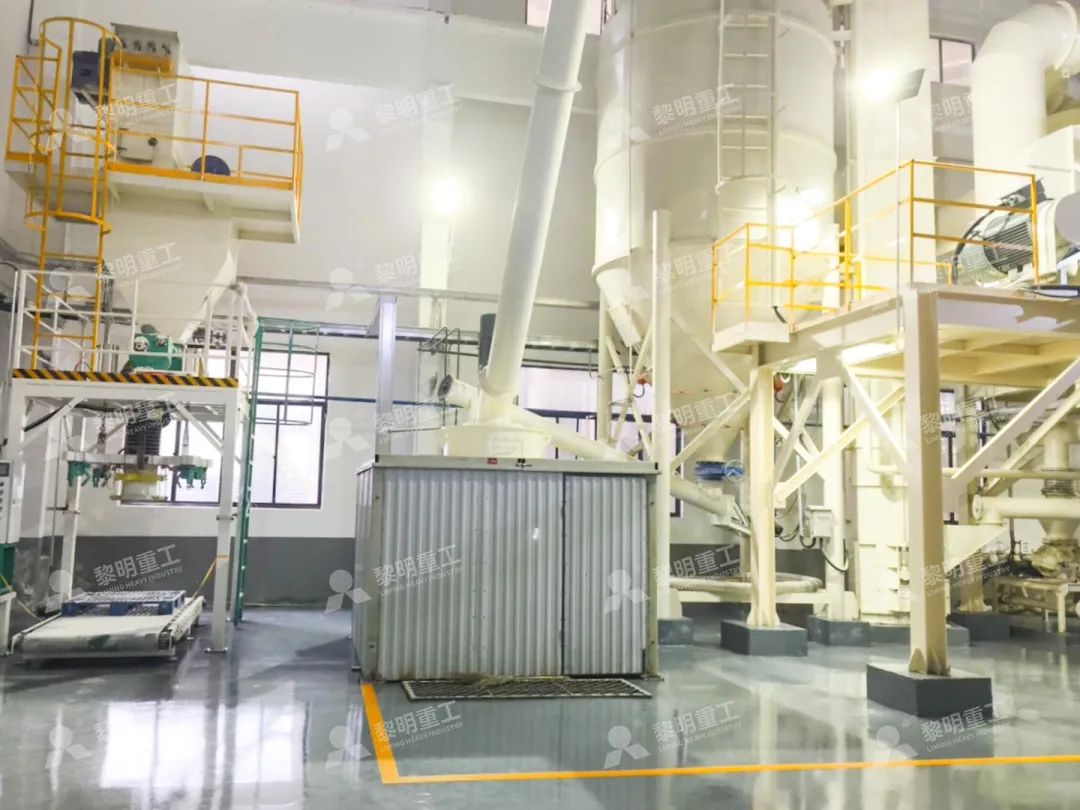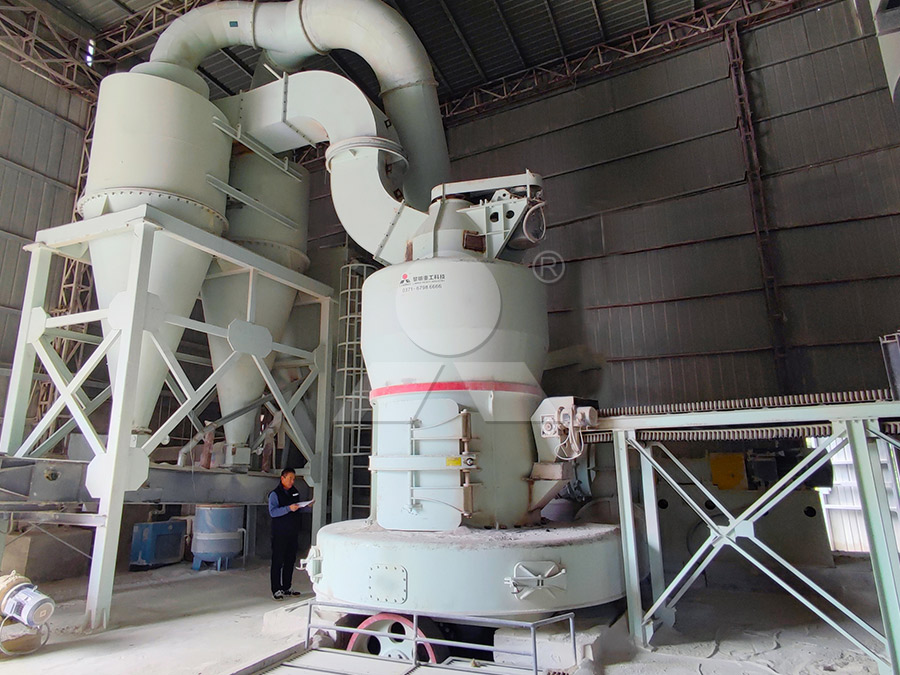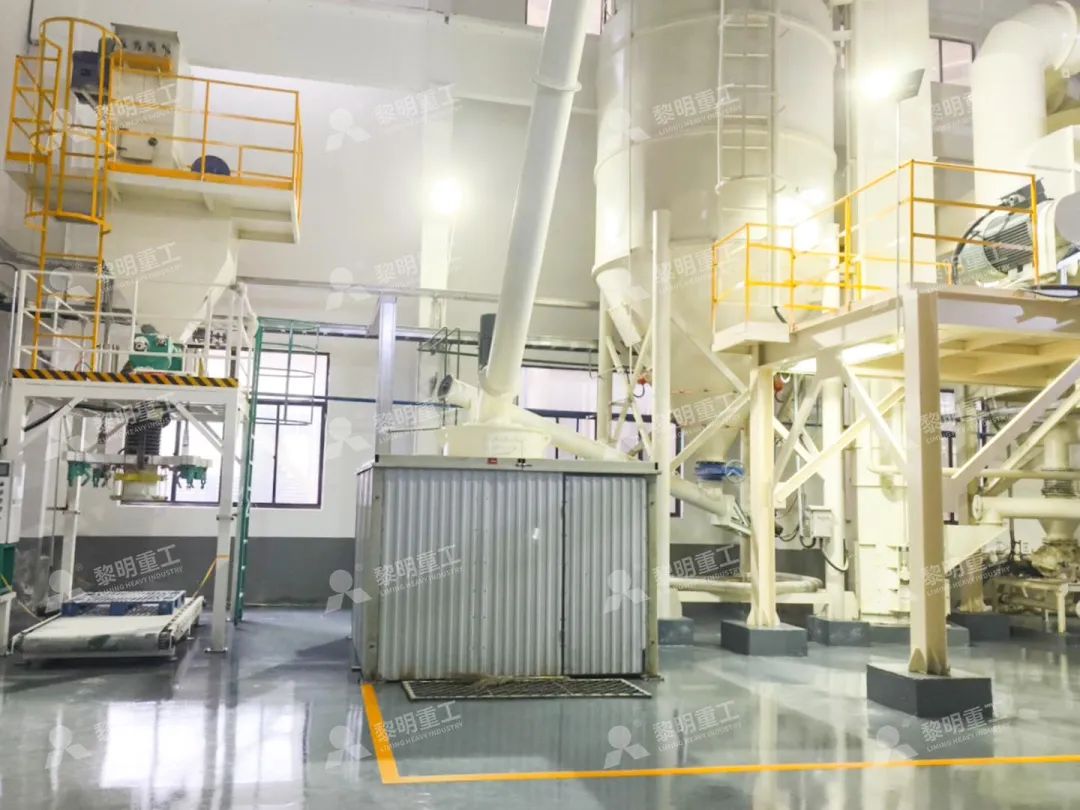Advanced Ore Grinding Mills: Key Features and Modern Applications
Advanced Ore Grinding Mills: Key Features and Modern Applications
The evolution of mineral processing has been fundamentally shaped by advancements in grinding technology. Modern ore grinding mills represent sophisticated engineering solutions designed to maximize efficiency, reduce operational costs, and minimize environmental impact. These machines have transformed from simple crushing devices to intelligent systems capable of precise particle size control and automated operation.
Today’s industrial operations demand grinding equipment that can handle diverse materials while maintaining consistent output quality. The latest generation of mills incorporates digital monitoring systems, advanced material science in wear parts, and innovative grinding mechanisms that significantly outperform traditional designs.

Technical Innovations Driving Performance
Contemporary grinding mills feature several breakthrough technologies that distinguish them from earlier generations. Advanced powder separation systems, exemplified by German-designed cage-type selectors, enable precise control over particle size distribution. Modern mills can typically achieve fineness between 325-2500 meshes with screening rates reaching d97≤5μm in a single pass.
Structural innovations have also addressed longstanding maintenance challenges. The elimination of rolling bearings and screws within grinding chambers prevents common failure points and eliminates machine damage caused by loose components. External lubrication systems allow for continuous operation without shutdowns for maintenance, significantly improving operational uptime.
Environmental Considerations in Modern Mill Design
Environmental compliance has become a central concern in grinding mill engineering. Modern equipment integrates efficient pulse dust collectors and specialized mufflers that effectively contain particulate matter and reduce noise pollution. Entire milling systems now operate according to stringent international environmental standards, with negative pressure systems preventing dust escape and advanced filtration ensuring clean emissions.
The energy efficiency of contemporary mills represents another significant advancement. Through optimized grinding curves and improved mechanical designs, newer models consume 30-50% less energy than conventional mills while achieving higher production rates. This dual benefit of reduced operating costs and lower environmental impact makes modern grinding technology increasingly attractive across industries.

Specialized Applications Across Industries
Modern grinding mills serve diverse sectors beyond traditional mining operations. The pharmaceutical industry utilizes ultrafine grinding for active ingredients, while the cosmetics sector depends on precise particle size control for pigments and base materials. Food processing applications require hygienic grinding systems for additives and ingredients, and the chemical industry employs specialized mills for catalyst production and compound manufacturing.
Material versatility represents another strength of contemporary grinding technology. Advanced mills successfully process limestone, calcite, dolomite, petroleum coal, gypsum, barite, marble, talc, and numerous other minerals with consistent results across varying hardness and moisture levels.
MW Ultrafine Grinding Mill: A Case Study in Modern Engineering
Among the standout performers in advanced grinding technology is the MW Ultrafine Grinding Mill, which exemplifies the convergence of efficiency, precision, and reliability. This system processes materials with input sizes of 0-20 mm at capacities ranging from 0.5-25 tph, making it suitable for both pilot-scale operations and full production environments.
The MW Mill incorporates several innovative features that address common industry challenges. Its newly designed grinding curves enhance efficiency, delivering production capacity 40% higher than jet grinding mills and twice that of ball grinding mills at equivalent fineness and power levels. The German-technology cage-type powder selector enables adjustable fineness between 325-2500 meshes with exceptional precision.
Operational reliability is ensured through a unique chamber design that eliminates rolling bearings and screws vulnerable to failure. The external lubrication system permits continuous 24-hour operation without shutdowns for maintenance. Environmental performance is maintained through integrated pulse dust collection and noise reduction systems that keep operations within strict regulatory standards.

Future Directions in Grinding Technology
The trajectory of grinding mill development points toward increased digital integration and smart operational capabilities. Emerging technologies include predictive maintenance systems that anticipate component wear, AI-driven optimization of grinding parameters, and fully automated quality control loops that adjust operations in real-time based on output analysis.
Material science advancements continue to extend the service life of wear parts, while energy recovery systems are being developed to capture and reuse waste heat from grinding processes. These innovations promise to further reduce the environmental footprint of mineral processing while enhancing economic performance.
Frequently Asked Questions
What factors should be considered when selecting a grinding mill?
Key considerations include material characteristics (hardness, moisture content, abrasiveness), required production capacity, target particle size distribution, energy efficiency requirements, available footprint, and environmental compliance needs. The MW Ultrafine Grinding Mill particularly suits operations requiring precise control over fine powder production with minimal environmental impact.
How does modern grinding technology reduce operational costs?
Contemporary mills lower costs through multiple mechanisms: reduced energy consumption (30-50% less than conventional mills), decreased maintenance requirements (external lubrication, eliminated internal bearings), higher production rates, extended wear part lifespan, and reduced downtime through continuous operation capabilities.
What maintenance advantages do advanced grinding mills offer?
Modern designs like the MW Ultrafine Grinding Mill eliminate common failure points by removing rolling bearings and screws from grinding chambers. External lubrication systems enable maintenance without shutdowns, while reversible structures and hydraulic adjustment systems simplify component replacement and inspection procedures.
How do environmental regulations impact grinding mill selection?
Stricter environmental standards have made integrated dust collection and noise reduction systems essential. Modern mills incorporate pulse dust collectors, silencers, and negative pressure operation to contain particulate matter and reduce acoustic emissions, ensuring compliance with international environmental protocols.
Can advanced grinding mills handle multiple material types?
Yes, contemporary mills are engineered for material versatility. The MW Ultrafine Grinding Mill, for instance, processes diverse materials including limestone, calcite, dolomite, petroleum coal, gypsum, barite, marble, talc, and various chemical compounds used across multiple industries.
